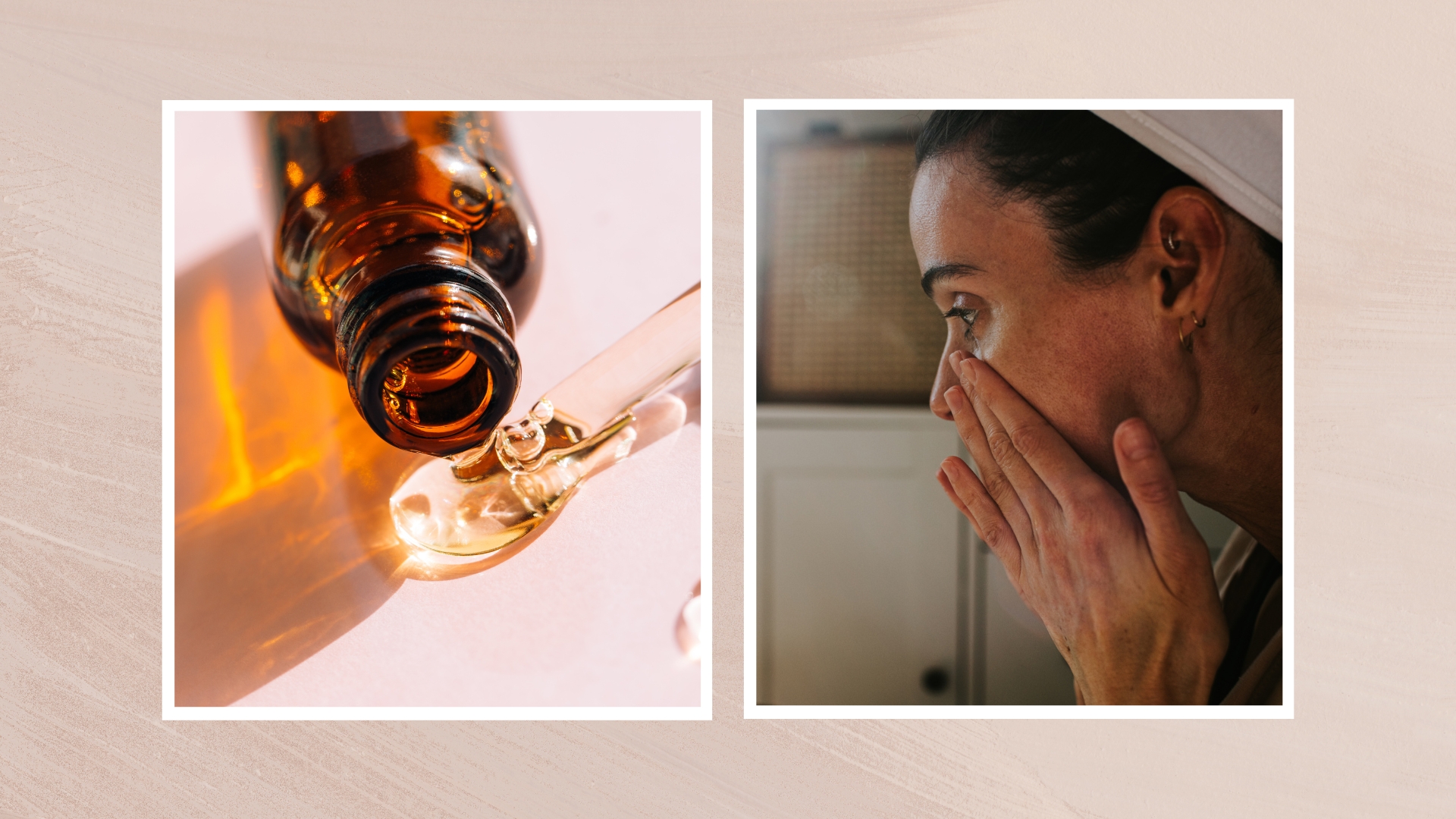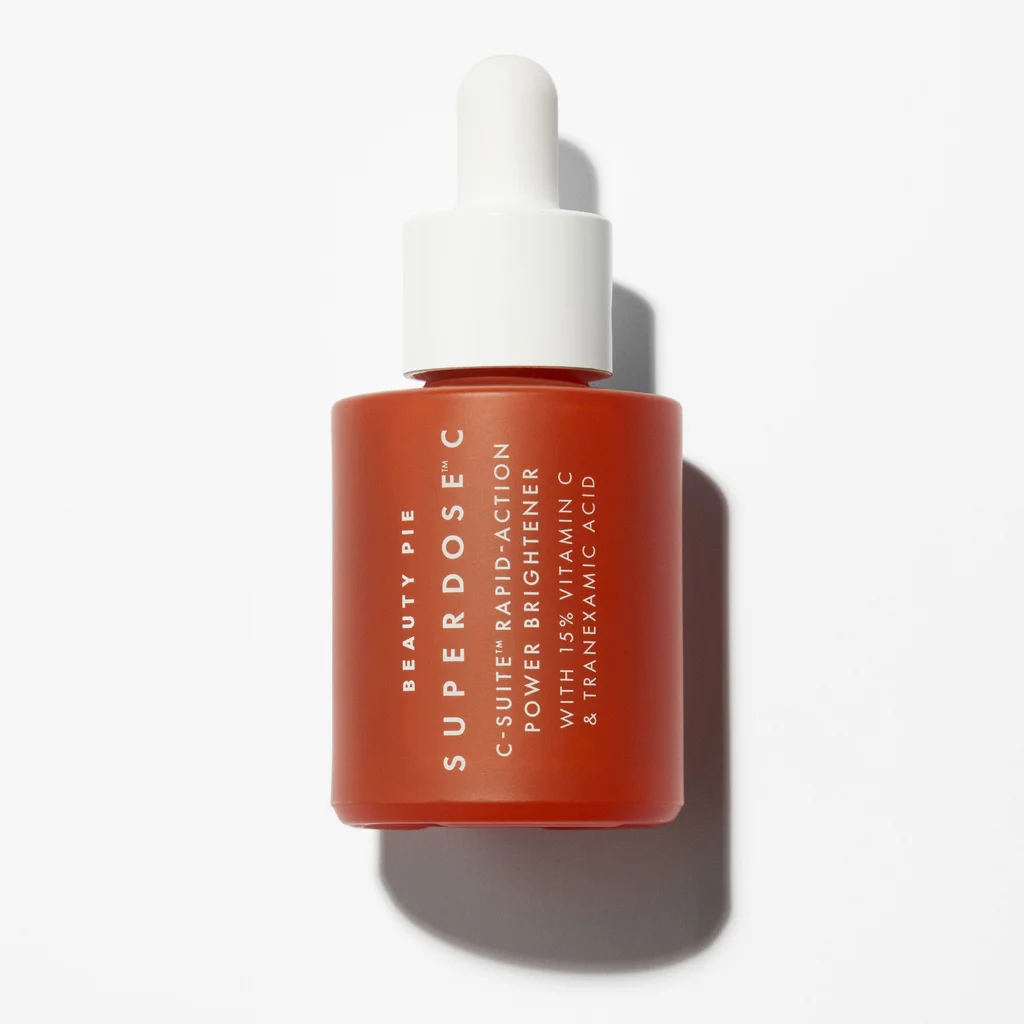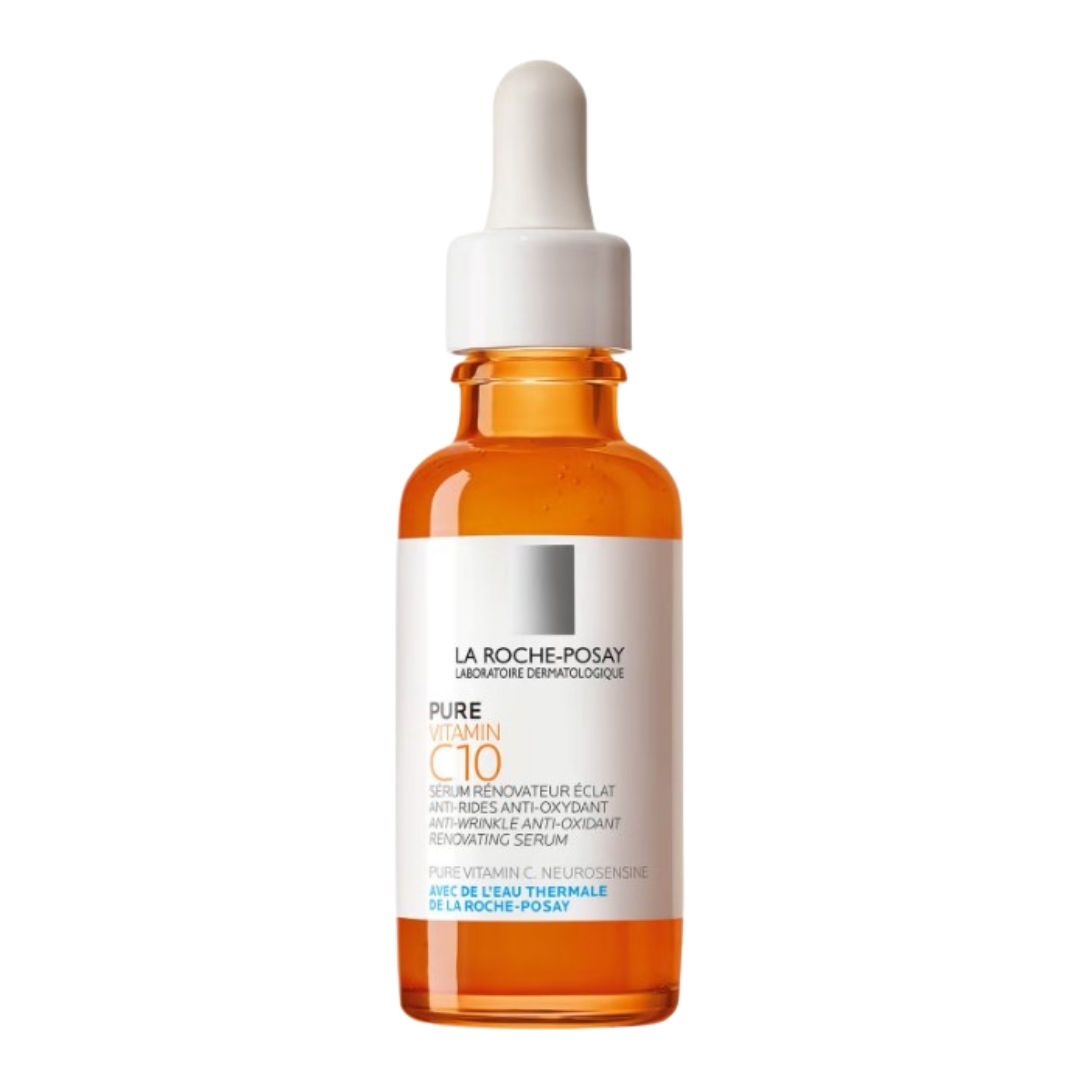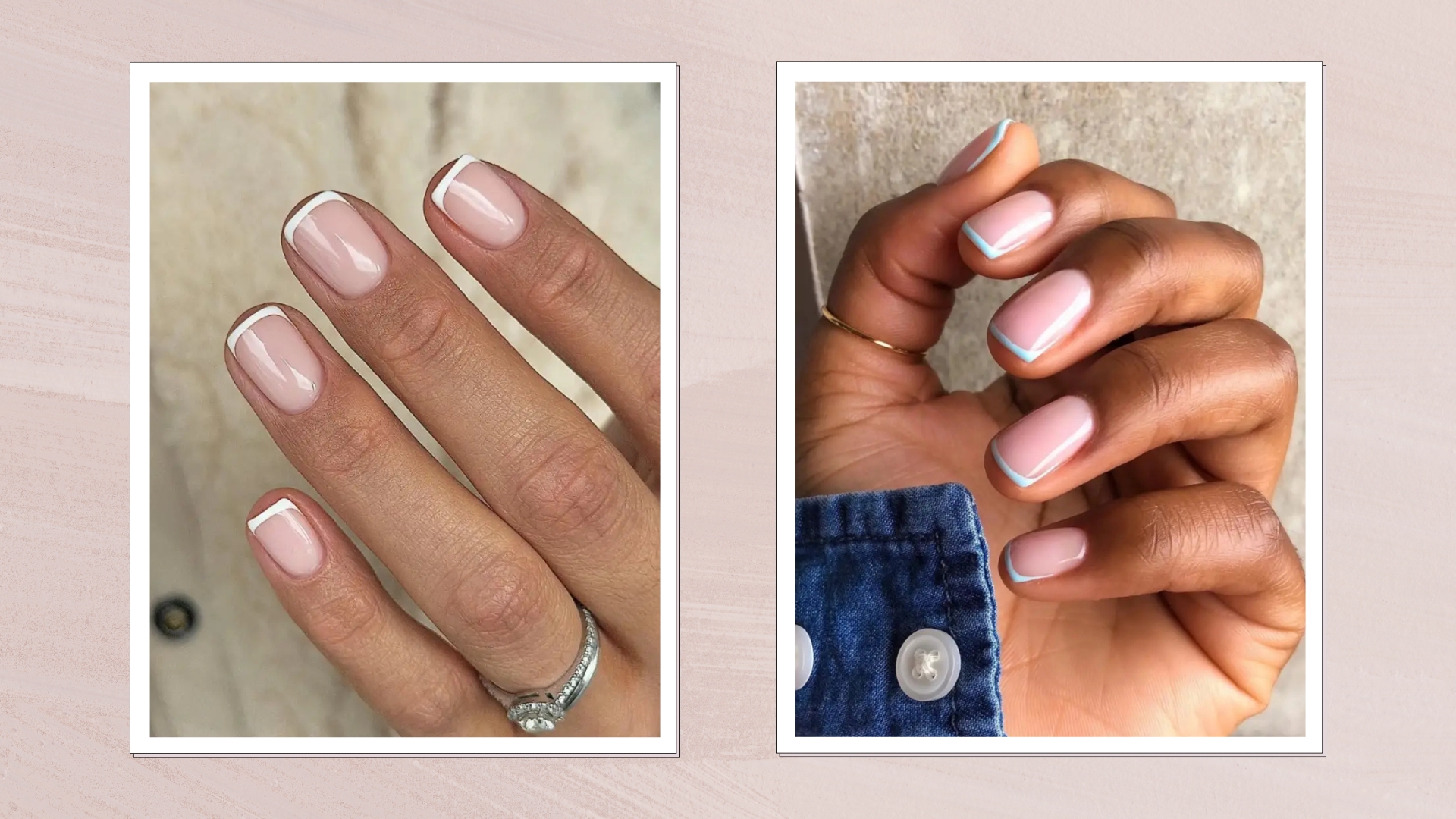5 mistakes you're making when applying vitamin C, according to the pros
Not seeing the results from your go-to brightening serum? These are the vitamin C mistakes you might be making...


Vitamin C is heralded for its brightening and anti-ageing powers, but according to the skincare pros, if you're making these application mistakes, you won't reap the glowy rewards of your serums and creams...
When it comes to our skincare routines, incorporating hardworking ingredients to target your skin's specific needs is key to achieving results. If you're looking to boost collagen production and brighten your skin, for instance, adding one of the best vitamin C serums would be beneficial. But, like with all skincare products - from the best retinol creams to best hyaluronic acid serums - formula concentration, as well as how and when we apply them can make a drastic impact on efficacy.
So, if you're not seeing the expected results from your vitamin C products, we quizzed the pros on the common application mistakes and how to get the most out of the popular complexion-boosting powerhouse...
5 vitamin C mistakes you might be making
While building a skincare routine in the first place can feel complicated, knowing the benefits and drawbacks of the ingredients you're using is also essential to achieving the best results - and avoiding irritation.
So, to dispel any misconceptions or unknowns, we've asked the experts to share the common application mistakes they see with vitamin C and what to do instead...
1. Ineffective concentrations
The concentration of vitamin C is crucial, as Dr Catriona Maybury, Dermatica's Medical Director, explains: "Vitamin C - or ascorbic acid - is a gold standard ingredient in anti-ageing skincare and along with sunscreen, it helps protect the skin from sunlight, pollution, dullness and dark spots. However, some iterations on the market use sub-therapeutic concentrations. So you won’t see results - but might experience irritation."
Maybury describes this as a "A lose, lose" situation and recommends Dermatica’s ascorbic acid cream, which has 15% concentration - "an evidence-based strength that is both effective but gentle enough for everyday use."
Sign up for the woman&home newsletter
Sign up to our free daily email for the latest royal and entertainment news, interesting opinion, expert advice on styling and beauty trends, and no-nonsense guides to the health and wellness questions you want answered.
Equally, using vitamin C concentrations that are too high can also be counterproductive. Advanced Facialist, Mariam Abbas elaborates: "Vitamin C in concentrations higher than 20% won’t give any additional benefit. It will only have a similar effect as formulations with vitamin C in concentrations of 10-20%," but adds that it can cause irritation instead.
2. Transparent bottles
Another common issue in regards to vitamin C - even before application comes into things - is the packaging.
"Vitamin C in transparent bottles when exposed to light and air can become easily oxidised and become an orangish/brown colour," says Abbas. Instead, opt for a vitamin C serum that comes in a tinted glass bottle, to protect the formula from oxidation.
Abbas also reminds us to store our vitamin C serums away from a window and in, "a cool dark place."
3. Pairing it with retinol
In the retinol vs vitamin C debate, the takeaway is to not use these two ingredients in tandem.
As Abbas notes: "Using a retinol product and vitamin C at the same time can prevent the maximum absorption of vitamin C and also destabilise." Using both can also lead to irritation, so while you can feature both in your weekly routine, it's best to avoid using them on the same day and at the same time.
4. Not giving it time to absorb
Dr Maryam Zamani, Founder of MZ SKIN and leading Oculoplastic Surgeon says absorption is key to vitamin C's efficacy and adds that a common mistake many make is, "not allowing enough time for vitamin C to penetrate and absorb skin before applying make-up."
If you're applying it in serum or moisturiser form, Dr Zamani says to: "Allow a couple of minutes for the vitamin C to completely absorb," before continuing with the rest of your routine.
5. Using too many Vitamin C products
If you're not noticing the benefits of your vitamin C-enriched products, adding more of the ingredient into your routine can be very tempting.
However, according to Dr Zamani, that is counterproductive and can lead to irritation: "Using too much vitamin C or too many products with different forms of vitamin C can lead to skin redness, flaky skin and skin irritation."
How to apply Vitamin C correctly

RRP: £48
Ranked first on woman&home's list of best Vitamin C serums, Farmacy Beauty's 10% L-Ascorbic acid formula visibly brightens and targets dark sports to reduce hyperpigmentation.

RRP: £100 for non-members, £15 for members
Available to members for just £15, the BeautyPie Superdose Vitamin C combines Ferulic Acid and Tranexamic Acid with stable Vitamin C for effective brightening that works miracles even on sensitive skin.

RRP: £45
If you're already a fan of the best La-Roche Posay products, this Vitamin C serum is a no-brainer. It's lightweight, suitable for sensitive skin and works to brighten and balance your complexion. Its formula also features hyaluronic acid to deeply hydrate and salicylic acid gently exfoliates away dead skin - leaving your skin looking softer, nourished and glowy.
- Apply in the morning and before SPF
So, how do we apply Vitamin C for the best results? "I recommend using ascorbic acid every morning before sunscreen," says Dr Maybury.
Abbas agrees and adds, "I find the best time to apply vitamin C is during the morning routine, after cleansing and before moisturising, this helps to maximise its free radical combatting properties and increases the efficacy of the SPF."
Dr Zamani also recommends applying your vitamin C serums on cleansed skin and before moisturising - though if you're using a vitamin C cream, this should be applied after serums. Zamani then reminds us to allow our vitamin C products to absorb before layering on more skincare and says to "use the most medicated and lightest skincare product first then creams afterwards."

Naomi is a Digital Beauty Writer at woman&home, where she covers everything from makeup to skincare but specialises, particularly, in fragrance and nail trends. Through her work, Naomi shares her trend expertise and personal product recommendations. She is also a judge for woman&home's annual hair, skincare and beauty awards.
Previously, she worked as a Lifestyle News Writer for My Imperfect Life magazine, where she used her savvy for TikTok to bring readers the latest beauty buzzwords, fashion movements and must-have products.
Before that, Naomi split her time between both GoodTo and My Imperfect Life, whilst training for her Gold Standard diploma in Journalism with the NCTJ, for which she earned a Distinction. Interestingly though, Naomi actually has a background in design, having studied Illustration at Plymouth University but leapt into the media world in 2020, to pursue her passion for writing. Now, when she isn’t reporting on the best perfumes and latest beauty releases, you can find her drinking copious cups of coffee and probably online shopping...
-
 We're in awe of Sienna Miller's easy-going and 'piece-y' hairstyle and how perfect it is for spring
We're in awe of Sienna Miller's easy-going and 'piece-y' hairstyle and how perfect it is for springThis laid-back hairstyle is - quite literally - making waves this season
By Naomi Jamieson Published
-
 We never thought we'd see this 'dated' manicure make a chic comeback, but here it is - and we're on board
We never thought we'd see this 'dated' manicure make a chic comeback, but here it is - and we're on boardClean and angular, short square French tips are a go-to this season for a practical but stylish manicure...
By Naomi Jamieson Published